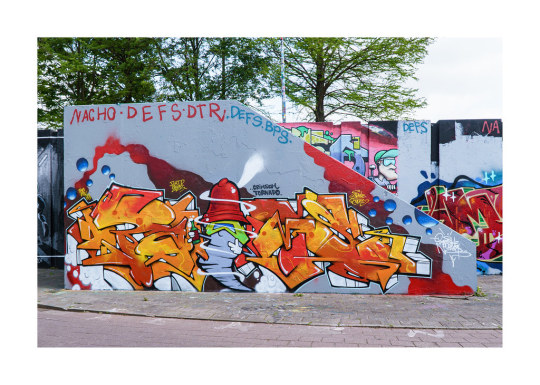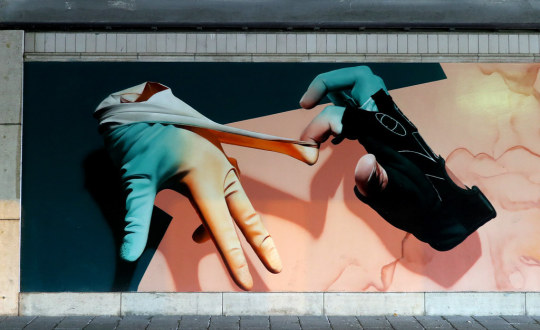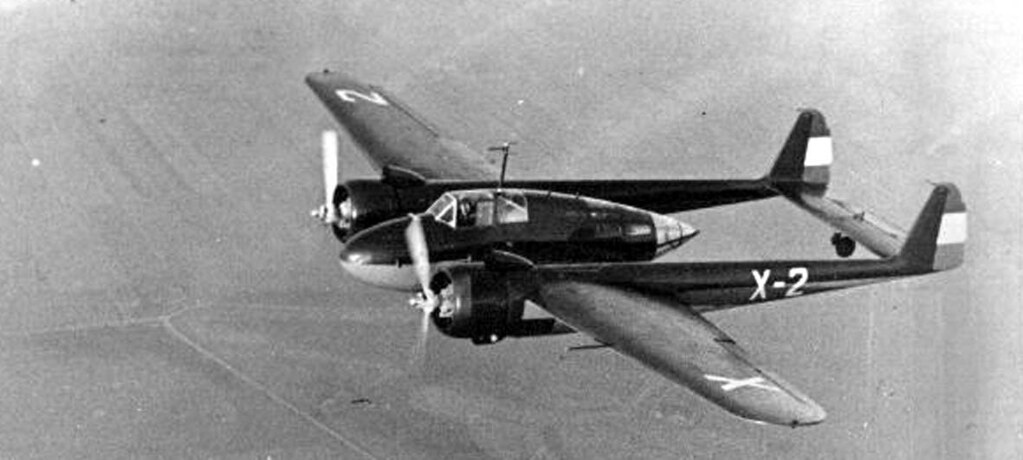#eindhoven flickr
Photo

BAMS Drink the Paint Away Eindhoven (NL) by LukeDaDuke
#graff#graffiti#graffitiart#graffiticharacter#urban#urbanphotography#urbanart#street#streetart#streetphotography#berenkuil#deberenkuil#bams#drinkthepaintaway#eindje#040#eindhoven flickr
3 notes
·
View notes
Video
Sometimes we see the light by Peer Heesterbeek
#Atmosphere#City#Colors#Eindhoven#Light#Man#Mood#Netherlands#people#shadow#Street#Sun#Sunlight#Town#Urban#Cyclist#Architecture#flickr
1 note
·
View note
Video
What the Hub by Frans van Beers
Via Flickr:
at the Hub - Fellenoord, Eindhoven, NL
#zoner photo studio#hub#fellenoord#eindhoven#streetphotography#blackandwhite#black&white#photography#flickr
0 notes
Video
NS 775, 771, 781 (trein 3522) by Lolke Bijlsma
Via Flickr:
De sneltrein (3522) uit Eindhoven, bestaande uit 3 mat'54 stellen, rijdt over de IJsselbrug bij Zwolle. Zwolle, 1995-05-24 Slide: D03443
1 note
·
View note
Video
IMG_0313.jpg von Rainer
Über Flickr:
Parks in EIndhoven
0 notes
Video
Typhoon close-up, 1945. by Etienne du Plessis
Via Flickr:
A posed photo of a Hawker Typhoon Mark IB of No. 439 Squadron RCAF at B78/Eindhoven, Holland, being armed. Note the two cluster projectile's, containing 26 x 20-lb anti-personnel bombs under the wings
0 notes
Photo

Streetart in Eindhoven by wojofoto https://flic.kr/p/2mRjHkD
2 notes
·
View notes
Photo

201811_0002 ∞1943 DAF (One Person City Car nicknamed 'The Raincoat '('Regenjas') by ├ Ad DeCort (NL) ┤ https://flic.kr/p/AYveD7
46 notes
·
View notes
Photo

2444 en 2450 in Budel by lex_081 Op zaterdag 21 september 1991 werd er een een afscheidsrit gereden onder de naam 'Klassical Tour 2400', door de locomotieven 2413 (blauw), 2530 (lila), 2450 (bruin) en de 2444 (geel/grijs), De locomotieven reden met een goederentrein, de deelnemers werden met de stellen Plan U vervoerd. De 2444 en 2450 zullen straks de goederentrein van Budel naar Weert terugrijden. Direct aan de locomotief wagon DB Es 0180 553 4 919-7. Achter de trein de Plan U stellen 130 (links) en 126. https://flic.kr/p/2iCXhos
0 notes
Video
'232511' [N5-149, HD346] (44-29507, N320SQ, PH-XXV) 1944 North American B-25N Mitchell DofBAF Wings & Wheels Dunsfold 29.08.15 by Phil Rawlings
Via Flickr:
Delivered to U.S. Army Air Force as 44-29507, 1944? After service stored at Davis Monthan AFB, AZ, 04.58. Sold and became N3698G 1959. Modified with cargo hold fitted to bombay, Michigan City, IN, 12.62. To the Duke Of Brabant Air Force, Netherlands, 06.06.89. To Amho Corp, Wilmington, DE, 12.89-2009 registered as N320SQ, 25.01.90. Registration PH-XXV reserved but not taken up. Operated by Duke Of Brabant Air Force, Eindoven, Netherlands arrived Eindhoven, 25.05.90. Flew as RAF/HD346/ND-V/Lotys II, as HD346/ND-V/Sarinah and as 232511/N5-149/Sarinah. Duke of Brabant Air Force, Eindhoven, January 2010-2012 registered as PH-XXV.
45 notes
·
View notes
Photo

DRUID81 Step in the Arena 2022 Eindhoven (NL) by LukeDaDuke
#druid81#druid#graff#graffiti#graffitiart#graffitifestival#graffitijam#urban#urbanphotography#urbanart#urbanlife#urbanartfestival#street#streetphotography#streetart#streetlife#streetartfestival#city#cityphotography#citylife#eindje#eindhoven#040 flickr
10 notes
·
View notes
Video
RNLAF_CH47_D472_GLV_11AUG2021_DSC_5441 by Banter833
Via Flickr:
GLV-5 "Oirschot Heide" Low Flying Area 5, better known as GLV-5 is located at Oirschot, close to the Royal Netherlands Air Base Eindhoven. It`s a helicopter low level flying zone, often used by AH-64 Apache, AS.532 Cougar, and CH-47 Chinooks, from the nearby Royal Netherlands Air Force Gilze-Rijen Squadrons.
9 notes
·
View notes
Photo





Step in the Arena graffiti archive by Frans van Beers
Via Flickr:
4 new pics added! photo archive international street art / graffiti festival in Eindhoven (several years) view complete album: eu.zonerama.com/Link/Album/115954
0 notes
Video
tcs_189115_ledigmat_GreenCityTrip_Leeuwen_020122_LC by Railleon
Via Flickr:
Op 15 oktober 2021 reed de eerste 'Green City Trip' nachttrein van het Bredase bedrijf Flywise Travel. Deze trein naar diverse Europese bestemmingen worden vanuit Breda gereden door TCS ( Train Charter Services ) met van MRCE gehuurde zwarte 189’ers. De bevoorrading van de trein vindt plaats in Eindhoven en wordt dan als ledig materieeltrein overgebracht naar Breda, waar de trein start. Tussentijds wordt het materieel in Maastricht opgesteld. Op 2 januari 2022 is de voor TCS rijdende 189 115 met het veelal uit Euro-Express-rijtuigen bestaande ledig materieel voor de GreenCityTrip-nachttrein naar Venetië (I) onderweg vanuit Maastricht naar Eindhoven en Breda en passeert hier het buurtschap Leeuwen, vlak achter Roermond.
2 notes
·
View notes
Video
IMG_0330.jpg von Rainer
Über Flickr:
Parks in EIndhoven
0 notes
Text
Ronnie Bell Following
Fokker G-1
The Fokker G.I was a Dutch heavy twin-engined fighter plane comparable in size and role to the German Messerschmitt Bf 110 and the British Mosquito. Although in production prior to World War II, its combat introduction came at a time when the Netherlands was overrun. The few G.1s that were mustered into service were able to score some victories, but ultimately the aircraft was withdrawn from operations, and the remainder of the production run was taken over by the Luftwaffe as trainers.
The G.I, given the nickname le Faucheur ("reaper" in French), was designed as a private venture in 1936 by Fokker chief engineer Dr. Schatzki. Intended for the role of jachtkruiser, "heavy" fighter or air cruiser, able to gain air superiority over the battlefield as well as being a bomber destroyer, the G.1 would fulfill a role seen as important at the time, by advocates of Giulio Douhet's theories on air power. The Fokker G.I utilized a twin-engined, twin-boom layout that featured a central nacelle housing two or three crew members (a pilot, radio operator/navigator/rear gunner or a bombardier) as well as a formidable armament of twin 23 mm (.91 in) Madsen cannon and a pair of 7.9 mm (.31 in) machine guns (later eight machine guns) in the nose and one in a rear turret.
Besides its main mission, the G.1 could be configured for ground attack and light bombing missions (it could carry a bomb load of one 400 kg/882 lb bomb or combinations of two 200 kg/441 lb or 10 26 kg/57 lb bombs).
The design and construction of the prototype (registered as X-2) was completed in just seven months. At its introduction at the Paris Air Show in November 1936, even before its first flight, the G.I was a sensation, appearing in a purple and yellow finish (evocative of the Spanish Republican colors, thought to be Fokker's first export customer
Like all Fokker aircraft of the period, the G.I was of mixed construction; the front of the central pod and the tail booms were built around a welded frame, covered with aluminium plating. The back of the central pod, however, as well as the wings, had a wooden frame, covered with triplex, a technique also used in Fokker's successful passenger aircraft at that time.
The G.I prototype, powered by 485 kW (650 hp) Hispano-Suiza 14AB-02/03 engines, had its first flight at Welschap Airfield, near Eindhoven on 16 March 1937 with Karel Toman-Mares at the controls. Later, Emil Meinecke took over much of the test flights. The maiden flight went well, but a subsequent test flight in September 1937 ended with a supercharger explosion that nearly caused the loss of the prototype.The accident prompted a replacement of the Hispano-Suiza engines with 559 kW (750 hp) Pratt & Whitney SB4-G Twin Wasp Junior engines.
Via Flickr
4 notes
·
View notes






